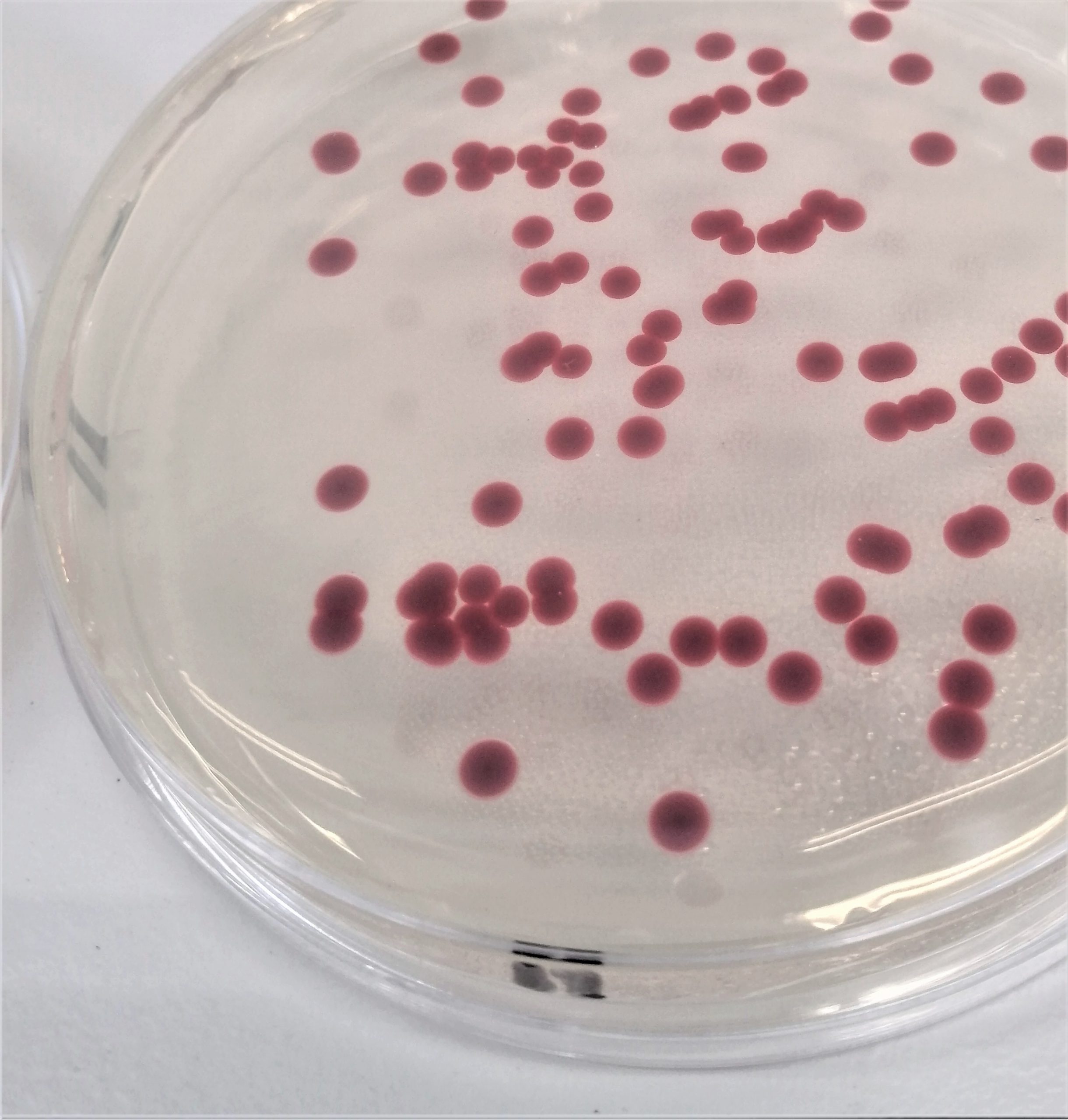Have you wondered which other colours are there to be found in microorganisms? Let’s have a look at a bacterium that shines bright pink to blood-red. It has intrigued scientists and artists alike for more than a century and has maybe affected human history for much longer!
The famous and well researched Serratia marcescens, a motile bacterium that lives in soil and water environments was discovered in the early 19th century. The pharmacist Bartolomeo Bizio was examining the polenta that had become red. When he was still a student, he attributed the unusual colour to a living microorganism. He thought that Serratia marcescens was a fungus, later it turned out that it is a gram-negative bacterium. He also gave the microorganism its name, to honour fellow countryman Italian physicist and Benedictine monk, Serafino Serrati, for his invention of the steamboat. Marcenses is derived from the Latin verb marcēscere, which means to wither or fade away.
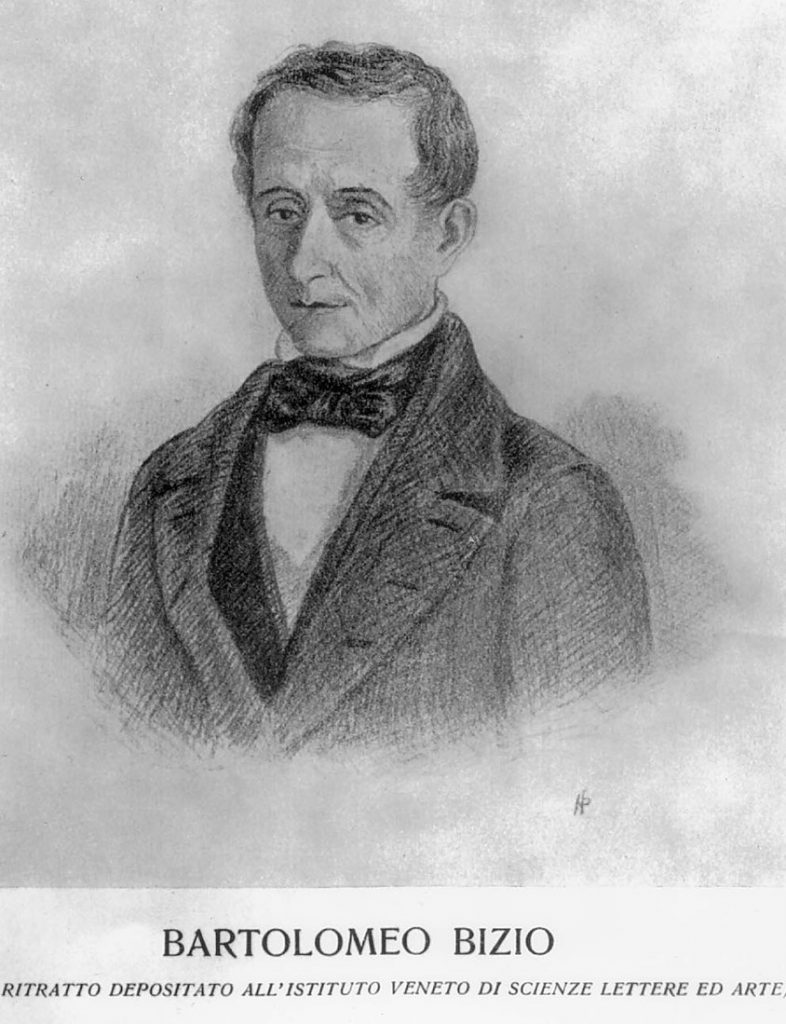
In parallel, other scientists, doctors and priests also discovered organisms as a source of red colour on mostly starchy food. They assigned names such as Micrococcus prodigiosus, Monas prodigiosa or Bacterium prodigiosum, owing to its “prodigious” and remarkable colour. Later it turned out that they all found bacteria of the same species, so the original name Serratia marcescens remained for all of them.
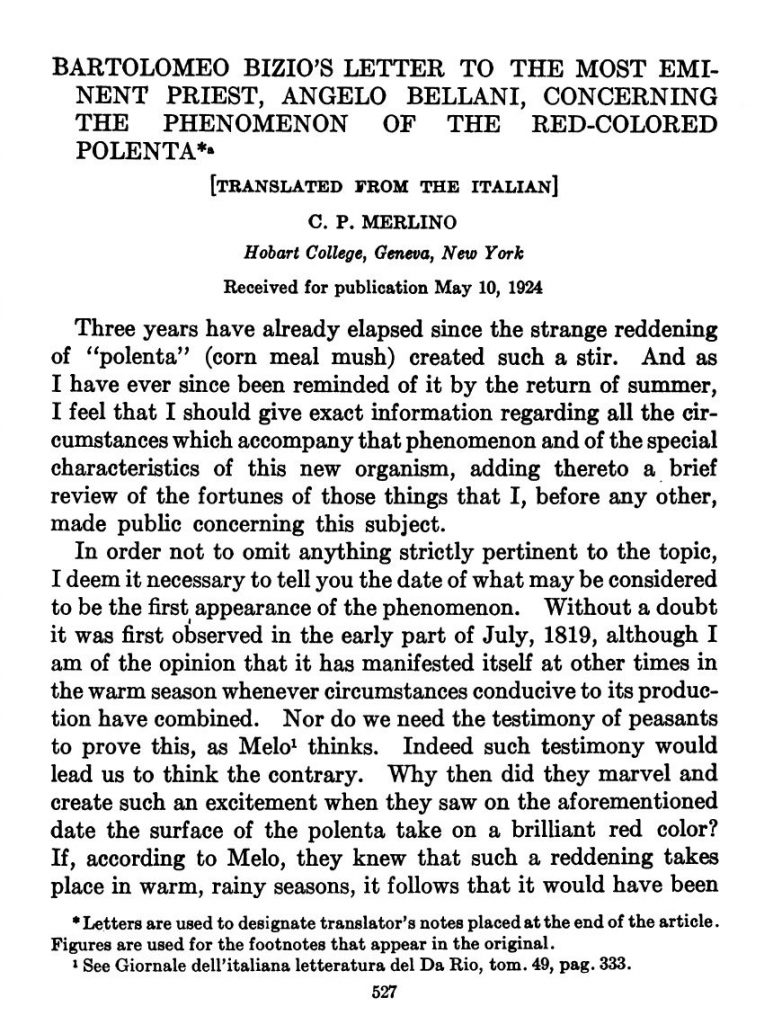
Bizio was born in 1791 in Costozza di Longare near Vincenza, he studied chemistry and discovered this “fungus” while Ferdinand Cohn, one of the founding fathers of bacteriology had not yet been born. That means Serratia marcescens is one of the earliest discovered microorganisms due to its colour producing properties. Additionally, these experiments are one of the oldest records of growing microorganisms on solid medium. At this time science has not used yet agar for growing bacteria or other microorganisms.
Instead, the reference to the marvellous colour was used for the pigment produced by the organism, prodigiosin. It was first isolated in 1902. Back in these early times, the Bizio was trying to use alcoholic extracts of this bacterium to dye silk and wool. He even mordanted the fibres but eventually did not follow up further. That was happening even before the invention of synthetic dyes! (Mauveine was discovered by William Henry Perkin in 1856)
“We believe that this was the beginning of bacterial dyes!”
Unfortunately, these first attempts were not successful in providing an alternative source to cochineal for red dyes (small insect used for dying at the time), so this development was not followed further.
“Imagine how different the path of dyeing history would have gone, if natural bacterial colours had had the chance to develop before synthetic dyes!”
As a distinctly coloured organism, Serratia marcescens was a popular object for research purposes in microbiology ever since its discovery. For example, the transmission of microorganisms by handshakes can be vividly demonstrated in experiments using this marker organism. In another experiment, M. H. Gordon displayed the distribution of aerosols in 1906. To do so, he gargled a solution of Serratia marcescens before reciting Shakespeare texts. Petri dishes placed at varying distances in front of him revealed the spread of aerosols very well after the growth of microorganisms due to their distinct colour. Both experiments seem rather shocking in current microbiology lab practice, as contact between humans and microorganisms must be avoided as much as possible, and some (unpigmented) Serratia strains were identified to be opportunistic pathogens. Still, the results are highly relevant today, picturing the ongoing pandemic situation.
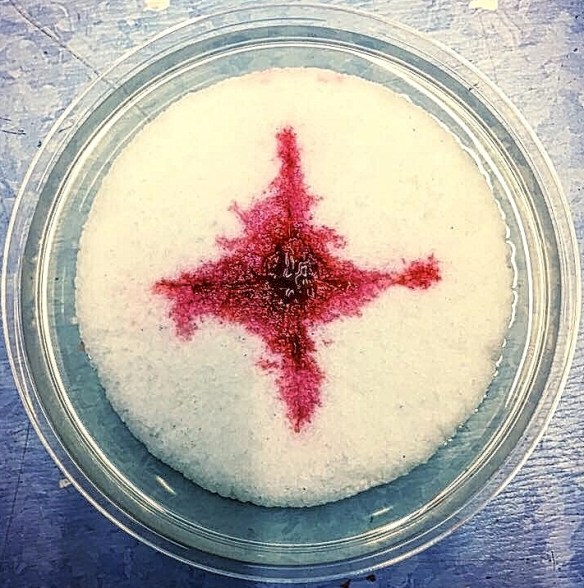
Another very interesting topic in connection with Serratia marcescens’ amazing colour shall be mentioned: Have you heard of “eucharistic blood miracles” in Christian Church? One example from 1263 tells about a German priest who had doubts about the Christian doctrine of transubstantiation. When celebrating a mass in Italy, he suddenly observed blood dripping from the communion wafers, the holy bread. His doubts were instantly resolved and the incident became known as the Miracle of Bolsena. There are numerous other reports of bleeding bread throughout history. Many scientists assume that such events may be attributed to red-pigmented microorganisms. As said earlier, Serratia marcescens can have a distinct blood-red appearance and is able to grow well in simple conditions found on dry or moist bread.
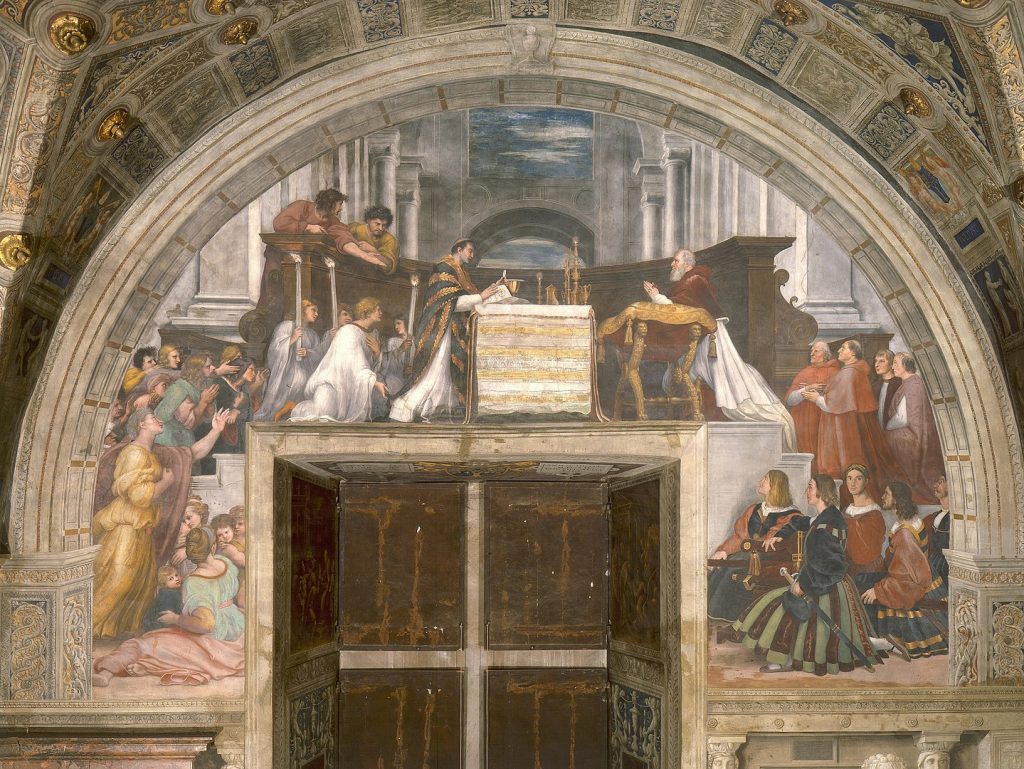
Serratia marcenses can be found in soil, aquatic areas, plant, animals and humans. It is categorised as a biosafety level 2 organism, which means it can only be handled in certified labs. As exciting as the story about Serratia marcenses is, it is an opportunistic pathogen and can cause infections and for people with compromised health, it can be serious.
Bacteria are tiny organisms but they can have a huge impact on our lives, our beliefs or our knowledge. The history of microbiology is rich in breathtaking discoveries and valuable lessons for future development. It is always fascinating to see what microorganisms are capable of and what they can teach us.
